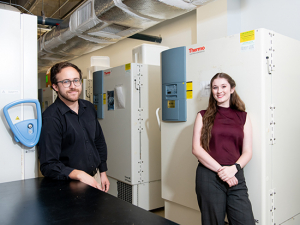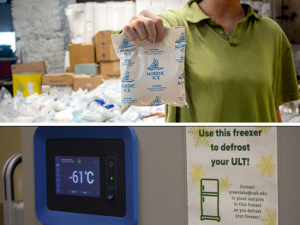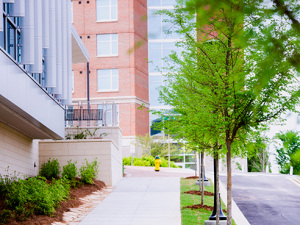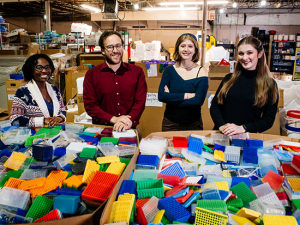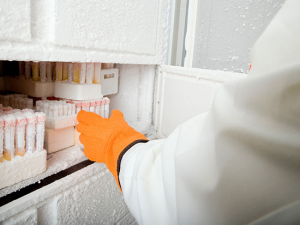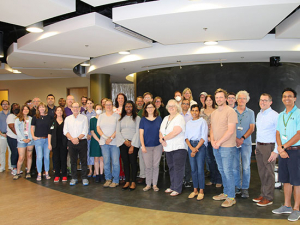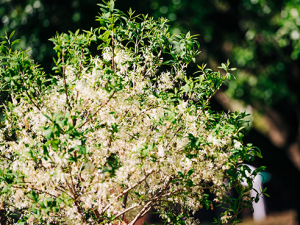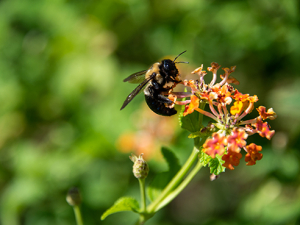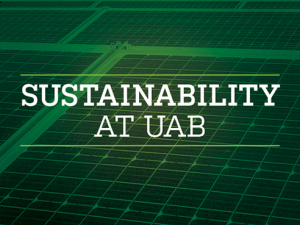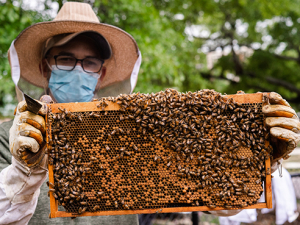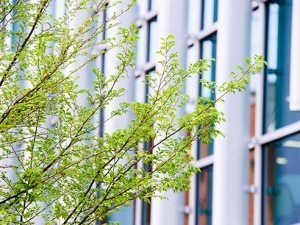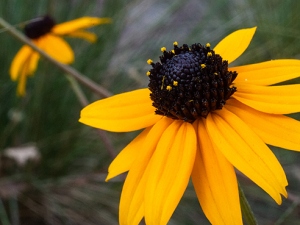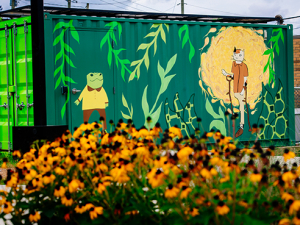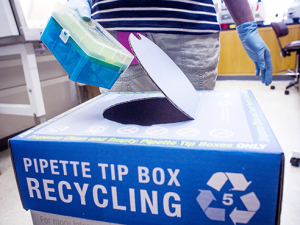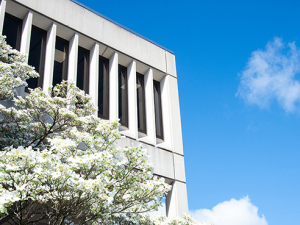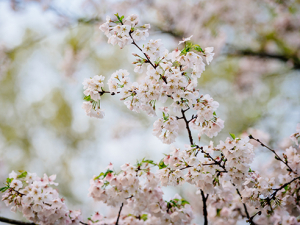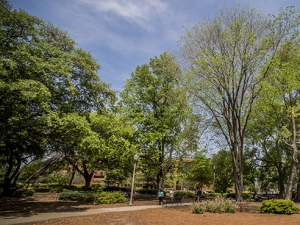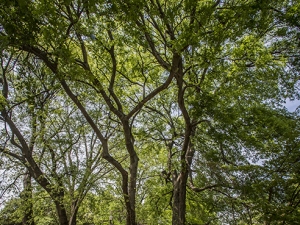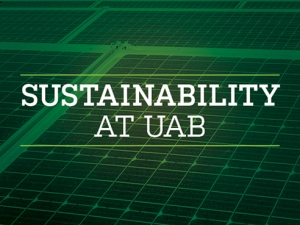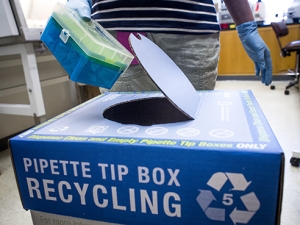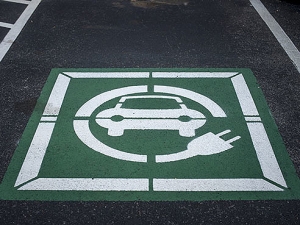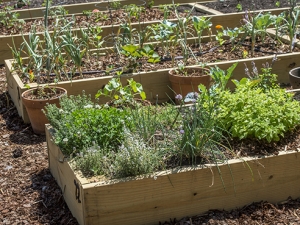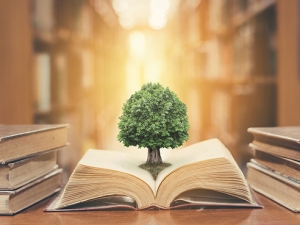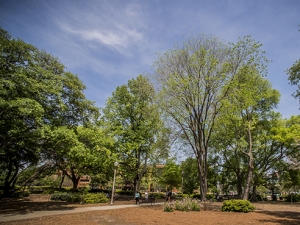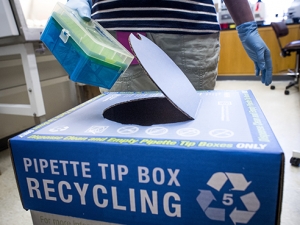|
As part of the inventory of UAB’s 4,000-plus trees, each one has been assessed for value, based on age and location. Use this specialized Google Map, created by the UAB Reporter, to find the most treasured trees on campus. |
For the fourth year in a row, UAB, with its more than 4,000 trees, is recognized by the National Arbor Day Foundation as a Tree Campus USA for its work to promote healthy trees and engage students and employees in conservation.
UAB will accept its 2017 plaque noon Feb. 23 on the Sterne Library Plaza during UAB Sustainability’s Arbor Day Celebration 11 a.m.-1 p.m. Eight new redbud trees will be planted on Sterne’s grounds for the occasion, and the Alabama Forestry Commission, Alabama Soil and Water Conservation Service and UAB Campus Services and Grounds will give away native tree seedlings and provide information about Alabama’s tree populations.
|
As UAB nears its 50th anniversary in 2019, its trees will have provided $125 million worth of air-pollution control, $126 million in soil-erosion control and recycled at least $152 million worth of water. |
“On a 100-plus-square-block campus dominated by tall buildings and busy roads, it can be easy to overlook green space,” said Julie Price, manager of UAB Sustainability. “But one of the most important and underrated aspects of UAB’s campus is our sprawling tree population, and UAB will continue to work to preserve what is already growing and create more opportunities for new trees on campus."
UAB is dedicated to preserving tree growth on campus and has a preservation process to accommodate campus construction. The UAB Facilities Division created a process to evaluate the trees and estimate their worth; if a tree or group of trees must be removed during construction, new trees equal to the value of those removed must be planted at the site or the equivalent dollar amount added to the University Tree Fund.
|
Gifts to UAB’s Tree Fund will be used to maintain tree diversity, replace damaged or diseased trees and add to the tree population on campus. |
Can you really put a dollar value on a tree? Yes, Price says. There are costs you would have to bear if trees weren’t here to do the work for you. For example, throughout the course of 50 years, a single tree can generate $31,250 worth of air pollution control, recycle $38,000 worth of water and provide $31,500 worth of soil erosion-control. As UAB nears its 50th anniversary in 2019, its trees will have provided $125 million worth of air-pollution control, $126 million in soil-erosion control and recycled at least $152 million worth of water.
UAB was first designated a Tree Campus USA in 2015 for its accomplishments in 2014; the certification must be renewed annually.

